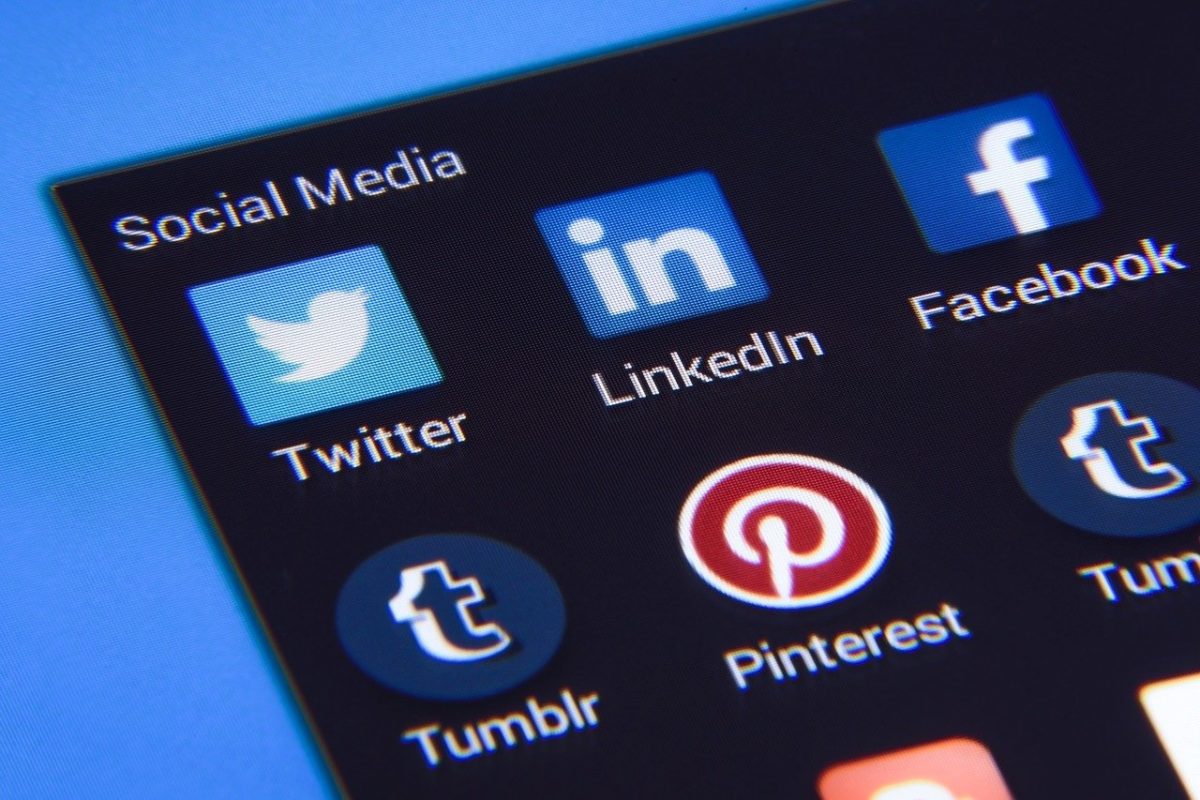I remember when LinkedIn first started. I’ve always been an early adopter, and I was excited to try this new platform where I could connect with people on social media about more than just the latest gossip/meme/ridiculousness. I was excited to connect with as many of my business contacts as I could and immediately sent out a trillion requests to my whole contact list.
I’m so sorry, friends. Please forgive me — I knew not what I was doing.
There weren’t that many people on the site yet, and half of my friends and colleagues were convinced it was some sort of data-mining operation that was going to get us all into trouble somehow. For a while, it seemed like most people using the site were trying to connect with ALL THE PEOPLE, and it was a free-for-all. I remember remarking to a friend that it kind of seemed like a workplace meat market.

Fast forward to today, and while it’s still a bit of a free-for-all, LinkedIn has been a great tool for connecting with people in my field and beyond. Connecting with colleagues from my organization has been great, and it’s allowed me to keep in touch with folks even after they move on to other jobs. I’ve connected with so many really great people in my field outside of my organization, and made connections with other women entrepreneurs. It’s a wonderful tool for connecting, sharing, and developing relationships. LinkedIn has become more of a community than I ever expected, and it has become an excellent source for professional development.
Now that we’re in this altered state of work and living, it’s more important than ever to make use of virtual tools. I believe that LinkedIn can be a great tool for building a community authentically, and for keeping that community alive and thriving.
Here are some of my ideas on how you can do this and how you can truly benefit from all the work that you put into your professional community:
1. Connect with people you’ve actually met, or people you’ve been introduced to.
Focus on connecting with people that you know or have a concrete reason to connect to. If you have never met the person you want to connect with and you have more than two degrees of separation between you, ask yourself if this is really the person you want to be connected to? If the answer is yes, ask an immediate (first degree) LinkedIn connection you have in common for an introduction.
My Philosophy: Rare is the situation where I want to connect with someone I don’t know or have no connection to through someone else. It usually doesn’t manifest into anything significant because you don’t have a personal connection. Being in the same field is not enough.
2. If you’ve recently attended a conference, connect with people you’ve met through the conference interface.
Particularly because most of us are attending conferences virtually, it’s a little bit easier to keep track of names and affiliations. Use this to your advantage! Connect with speakers, presenters or moderators by sending them a connection request on LinkedIn.
Once you’ve use the “Connect” button, make sure to take advantage of the “Add a Note” option on LinkedIn. Take the time to customize the note. This gives you more credibility and reason for the target person to connect with you. Using the web version of LinkedIn (versus the app) will make it easier to customize your request.
If you’ve just seen one of these speakers, tell them in your connection request note, one thing that you liked about their talk. It’s an easy way to start a conversation.
My Philosophy: LinkedIn is built so that we should be using it as an extension of how we would normally build our professional community in real life.
3. Reconnect. Build a relationship.
Don’t drop a connection request and run! Ask to connect. Find a commonality and incorporate that into your initial request. Start a conversation (LinkedIn is going to remind you to do this!) and learn something about your new connection. Share something with this connection that they might find interesting. Come back to this conversation again in the future, either via LinkedIn or email, and continue building the relationship.
###
Building your professional community via LinkedIn can be incredibly rewarding. If you liked these tips, you can find more on my website. I’d love to hear your tips! Please send me an email and let me know how you build relationships on LinkedIn.







